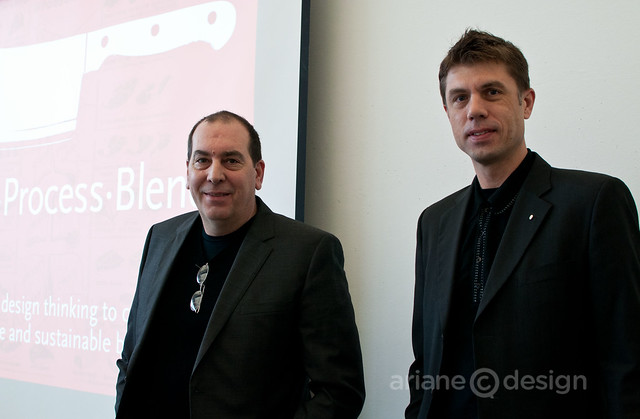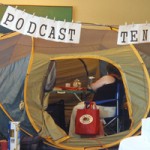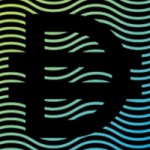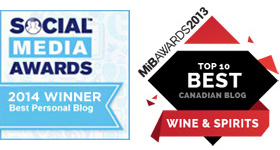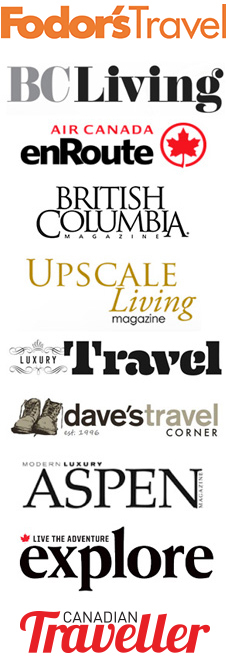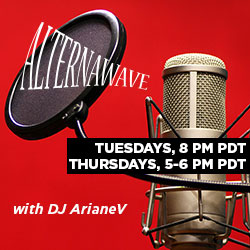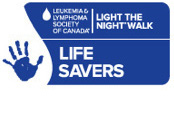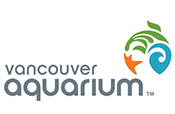This three hour design workshop, part of the two day ProfitxDesign Conference at Emily Carr, shared some of ION Branding + Design founders David Coates and Rod Roodenburg’s design processes. The workshop was divided into two parts: listening and doing.
We were able to get a glimpse behind how one of Vancouver’s best-loved design firms takes a project through its paces, including research, methodology, implementation and deployment, finishing off with the critical review phase between ION and their clients.
ION Design has sought to both make the world a better place through design and to see a change in corporate culture. Ethics are a big part of what drives their business model. Both Coates and Roodenburg are ECUAD graduates. Their client base comes from sustainable building products, social projects, retail clients, BC universities and colleges, arts and culture organizations, and local and international businesses.
As a fellow communication designer, I can relate to their enjoying a diverse client base that helps enrich their client experience. From paper company rebranding to apparel, they’ve amassed a great number of successful projects over their 20+ years in business together.
They’ve also tapped into the pro bono space through a consolidation project called One Good Idea. Through this program, they award a company with $25,000 in services, inviting companies to submit proposals; alternatively ION may select a company each year for this valuable service to non profits.
“We really believe that design is a verb.”
For the design process (processing and blending), the District of Sechelt was used as a case study. Sechelt is the oldest community in BC and was in dire need of a refreshed brand. We learned the design process chain starting from needs analysis and discovery, leading through to ideation, refinement, implementation and deployment, down to review (the end result). We learned that it’s often necessary to return back to the needs analysis, even once the client has seen the first round of designs.
Knowing the client’s competition is also key, and serves a vital role in the process stage.
“A company like NIKE does a great job of spreading its internal communication, in order to inspire staff to move the brand.”
Everyone within your organization needs to be a brand champion.
In the second half of the workshop, we filled out our own client questionnaires, learned about our overall brand’s health, and left that morning with several key takeaways:
– Be authentic, respectful, and consistent.
– Offer something of value to your audience.
– If a brand is not believable, it won’t be sustainable in the long term.
– Use an iterative and cyclical process.
– Encourage risk-taking in brand development: Failure leads to innovation, especially in a global marketplace.
I’m so glad to have had the chance to hear both these prominent Vancouver designers speak on brand approach. They are clearly passionate about what they do and continue to do within their six-person organization, while both supporting and embracing the local design community. Friendly competition between firms is one thing, but keeping Vancouver growing as a design city is what they’re really after. Amen.
